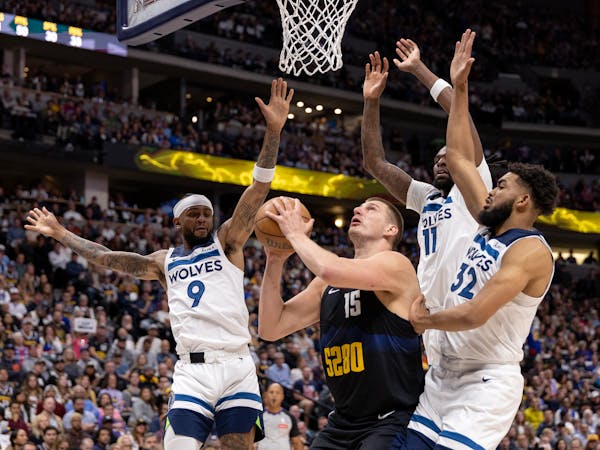Thursday marked the end of our 92 warmest days of the year. Meteorologists and climatologists consider Sept. 1 to be the first day of autumn here in the Upper Midwest, and as a naturalist I agree with them. Here are some examples of happenings that tell us the fall season has arrived (it officially begins Sept. 22):
• Hints of fall could be seen in early July with the golden-yellow foliage on butternut trees. Too, there were shorebirds that migrated through our state after nesting or attempted nesting in the Arctic.
• Reds, burnt oranges and yellows are evident on tree and shrub leaves. Blooming goldenrods and asters are colorful. In southern Minnesota, yellow foliage is appearing across some soybean fields as the plants mature, and farmers are harvesting the fourth crop of alfalfa and beginning to chop corn for silage. It's peak time for beekeepers to extract honey.
• Fall mushrooms have popped. Oaks are dropping acorns in numbers, becoming vital food for wood ducks, wild turkeys, whitetailed deer and black bears.
• I've seen swallows in long lines on utility wires, staging for migration. Baltimore orioles travel at night and most have left to winter from southern Mexico to northern South America. Flocks of common nighthawks are seen headed south, and warblers are moving through.
Jim Gilbert taught and worked as a naturalist for 50 years.

Meet the Big Ten's most prolific softball hitter: Gophers shortstop Jess Oakland
Protected wild bird shot, killed while nesting eggs in central Minnesota

Ten clutch points: Barkley says 'series is a wrap. Minnesota is better.'
Penske suspends Cindric and 3 others in the wake of a cheating scandal ahead of the Indianapolis 500

